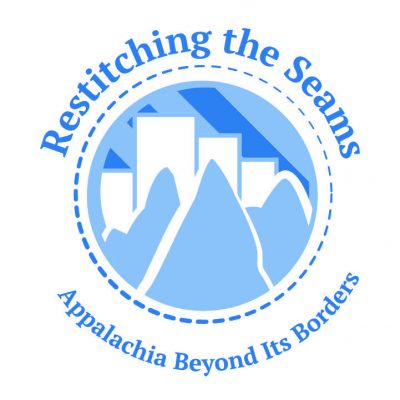Participation Type
Paper
Living in Harmony: New Deal Photographs of Music-Making in West Virginia
Presentation #1 Abstract or Summary
Among the hundreds of photographs taken by the New Deal’s Resettlement Administration and subsequent Farm Security Administration in West Virginia, only a handful show music-making. Interestingly, thirteen photographs are associated with resettlement communities. The thirteen are split between a community band rehearsal, photographed by Ben Shahn at Red House near Eleanor, and congregational hymn signing and children singing at play, both photographed by Arthur Rothstein at Dailey. One of the few images not taken at a resettlement community is that of a “Doped Singer,” also taken by Shahn at Scotts Run. While this image may play into expectations of a West Virginian musician, as high or drunk and belting out a folk song, the others are enlisted in complicated federal efforts to humanize and sanitize those citizens taking part in controversial resettlement programs. This paper will examine the visual rhetoric at play in the images of music-making through their relationships with West Virginian/Appalachian identity and music and through the social context of the New Deal.
At-A-Glance Bio- Presenter #1
Dr. Jason Hartz is Assistant Professor of Art History at Adrian College.
At-A-Glance Bio- Presenter #2
Dr. Carissa Massey is Dean of Graduate Studies at Adrian College.
Living in Harmony: New Deal Photographs of Music-Making in West Virginia
Among the hundreds of photographs taken by the New Deal’s Resettlement Administration and subsequent Farm Security Administration in West Virginia, only a handful show music-making. Interestingly, thirteen photographs are associated with resettlement communities. The thirteen are split between a community band rehearsal, photographed by Ben Shahn at Red House near Eleanor, and congregational hymn signing and children singing at play, both photographed by Arthur Rothstein at Dailey. One of the few images not taken at a resettlement community is that of a “Doped Singer,” also taken by Shahn at Scotts Run. While this image may play into expectations of a West Virginian musician, as high or drunk and belting out a folk song, the others are enlisted in complicated federal efforts to humanize and sanitize those citizens taking part in controversial resettlement programs. This paper will examine the visual rhetoric at play in the images of music-making through their relationships with West Virginian/Appalachian identity and music and through the social context of the New Deal.

